Tag: mechanical ventilation
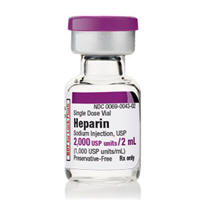
Effectiveness of Therapeutic Heparin vs. Prophylactic Heparin on COVID-19 Patients
In moderately ill patients with covid-19 and increased D-dimer levels admitted to hospital wards, therapeutic heparin was not significantly associated with a reduction in the primary outcome but the odds of death at 28 days... read more

Weaning Methods From Mechanical Ventilation in Adult Patients
In general consideration, our study provided evidence that weaning with proportional assist ventilation has a high probability of being the most effective ventilation mode for patients with mechanical ventilation regarding... read more
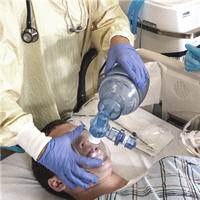
The Unsung Heroes: Respiratory Therapists
Working day after day, year after year, in a busy high acuity ICU, we all have become a "second family." The public doesn't hear much about respiratory therapists, especially during this COVID nightmare. But they have... read more

Mechanically Ventilated COVID-19 Patients: Long-term Survival Study
The long-term survival of mechanically ventilated patients with severe COVID-19 reaches more than 50% and may help to provide individualized risk stratification and potential treatments. 868 patients were included (median... read more
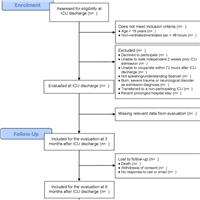
Impact on Mental, Physical and Cognitive functioning of a Critical care sTay during the COVID-19 pandemic
The ongoing pandemic could affect the duration, variety and severity of the mental, physical, and cognitive impairments intensive care unit (ICU) survivors and their families frequently present. We aim to determine the impact... read more

Ventilator Management: A Pre-Hospital Perspective
The goal of this book is to provide the most up to date information on mechanical ventilation based on current research, evidence based practice and my experiences as a flight paramedic and educator. A comprehensive look... read more
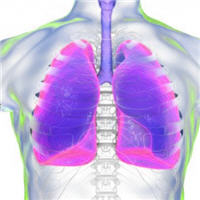
Carbapenem Antibiotics for the Empiric Treatment of Nosocomial Pneumonia
Carbapenem-based empiric regimens were associated with lower mortality rates compared with non-carbapenems, largely driven by trials of ventilator-associated pneumonia (VAP). The mortality effect was not observed in trials... read more

Brain–lung Interactions and Mechanical Ventilation in Patients with Isolated Brain Injury
During the last decade, experimental and clinical studies have demonstrated that isolated acute brain injury (ABI) may cause severe dysfunction of peripheral extracranial organs and systems. Of all potential target organs... read more
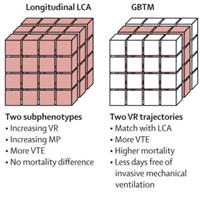
Longitudinal Respiratory Subphenotypes in COVID-19 Patients with ARDS
COVID-19-related ARDS has no consistent respiratory subphenotype. Patients diverged from a fairly homogenous to a more heterogeneous population, with trajectories of ventilatory ratio and mechanical power being the most discriminatory.... read more

Validation of RSBI Displayed by the Ventilator vs. Standard Technique in Patients with Readiness for Weaning
The ventilator significantly overestimates the RSBI value compared to the standard technique by Wright spirometer. The average RSBI vent value among 5 time points (0, 15, 30, 45, and 60 s) was found to best correlate with... read more
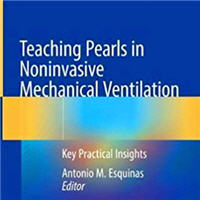
Teaching Pearls in Noninvasive Mechanical Ventilation
This book uses real-world clinical case analyses of hot topics to provide insights into noninvasive mechanical ventilation (NIV). Written by leading international teachers and experts, it features a selection of "major... read more
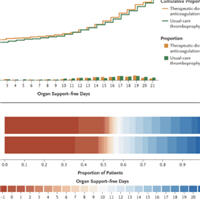
COVID-19 and Anticoagulation: Full Dose or Prophylactic Dose?
In CRITICALLY ILL patients with COVID-19, an initial strategy of therapeutic-dose anticoagulation is not associated with a greater probability of survival to hospital discharge or a greater number of days free of cardiovascular... read more
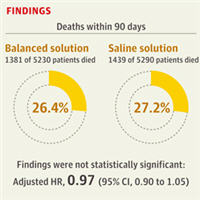
Balanced Solution vs. 0.9% Saline Solution Fluid Treatment in Critically Ill Patients
Among critically ill patients requiring fluid challenges, use of a balanced solution compared with 0.9% saline solution did not significantly reduce 90-day mortality. The findings do not support the use of this balanced... read more
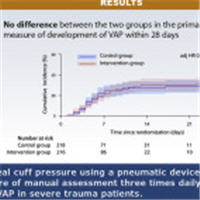
Continuous Pneumatic Regulation of Tracheal Cuff Pressure to Decrease VAP in Mechanically Ventilated Patients
Continuous regulation of cuff pressure of the tracheal tube using a pneumatic device was not superior to routine care in preventing Ventilator-associated pneumonia (VAP) in patients with severe trauma. A total of 434 patients... read more







